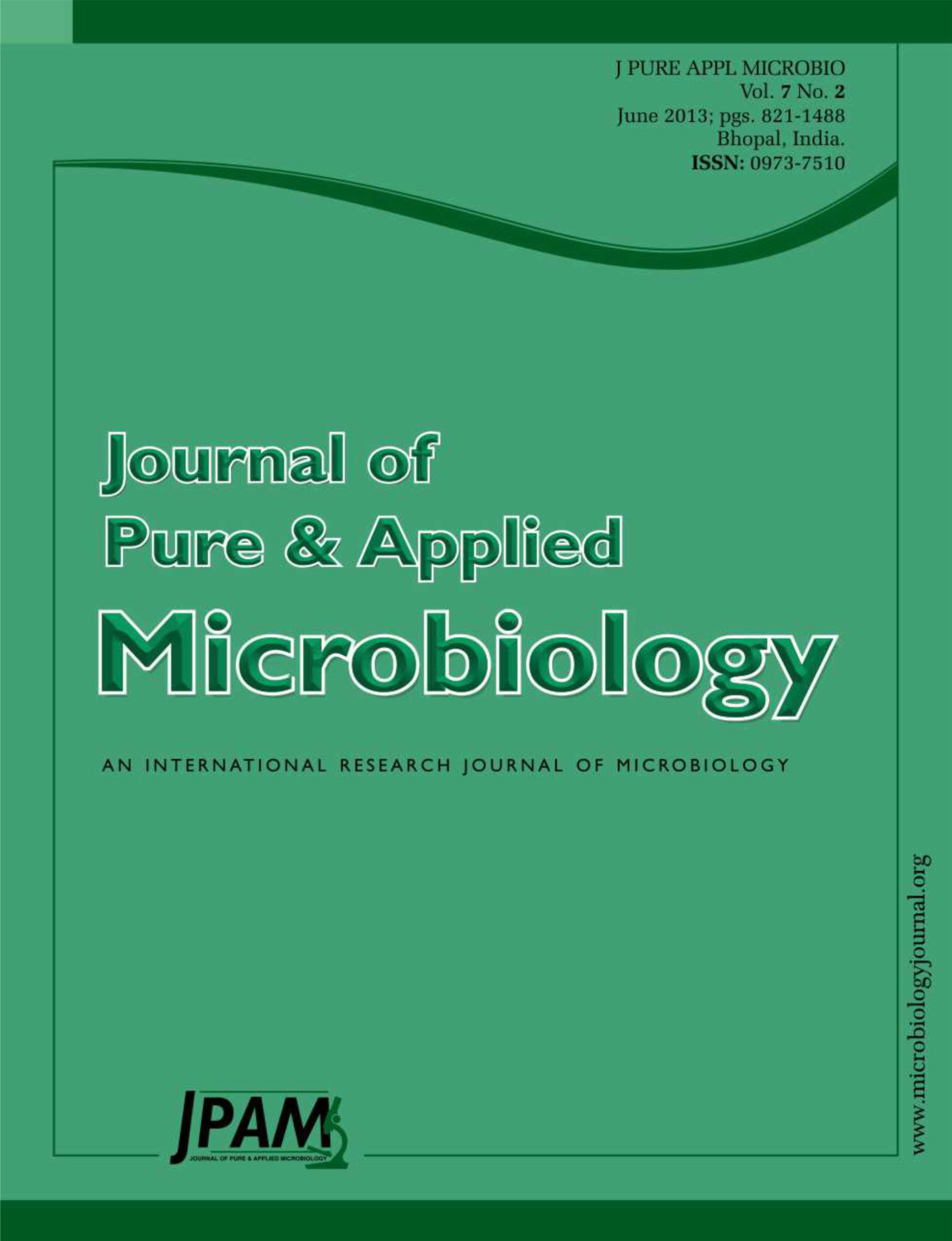The freshwater eukaryotic algae has potential applications in sewage treatment, biofuel and food production. Here, we characterized a freshwater microalgae Scenedesmus obliquus (S. obliquus), which could grow normally under low light intensity and deposit at the bottom of the medium, facilitating the harvesting. We found that the dry mass of S. obliquus contained 45.90% of proteins and 9.53% of lipids that were mainly composed of 42.59% of palmitoleic acid (C16:1), 24.58% of palmitic acid (C16:0), and 19.14% of eicosapentaenoic acid (EPA). Besides,our results suggests that both pumping air into the culture medium and moderate darkness stress could increase the growth rate of S. obliquus, whereas shaking had no obvious effects.Moreover, the effects of eight antibiotics on the growth of S. obliquus were investigated. Among them, chloramphenicol (Cm) and streptomycin (Str) had the strongest growth inhibitory effects, as well as higher concentration of geneticin (G418) and gentamycin (Gen), suggesting their potentiality to be used as selection markers for transformation experiments. Together, our data indicated that the S. obliquus is a promising resource for biofuel and food production. The identification of several candidate selection markers will also facilitate genetic manipulations to further improve the lipid yield in S. obliquus.
Scenedesmus obliquus, Growth, Lipid composition, Antibiotics, Selection marker
© The Author(s) 2014. Open Access. This article is distributed under the terms of the Creative Commons Attribution 4.0 International License which permits unrestricted use, sharing, distribution, and reproduction in any medium, provided you give appropriate credit to the original author(s) and the source, provide a link to the Creative Commons license, and indicate if changes were made.


